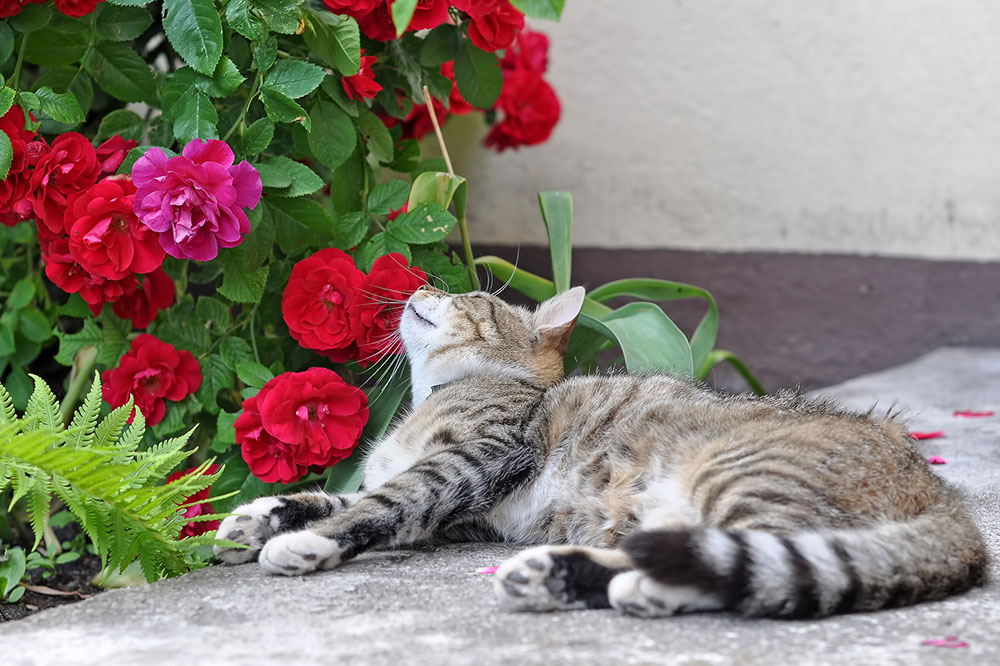
5 Decorative Plants That are Toxic to Cats
Cats love to touch, bite, and nibble on things, especially plants, and they might experience severe health complications if they ingest something harmful. So, pet parents must be careful while decorating their home. Several decorative plants are dangerous for cats, but we’ve listed out a few of the most common ones that are potentially dangerous for your feline. Keep these decorative plants away from your pet:
- Tulips
While tulips are one of the most common flowers you find in vases, they are also one of the top decorative plants that are dangerous for cats. They contain compounds called tulipalin A and tulipalin B, which are toxic to cats. If ingested, these chemicals could lead to symptoms like drooling, diarrhea, and vomiting. Although the entire plant contains these compounds, they are most concentrated in the bulbs. So, approach a vet immediately if your cat ingests these flowers. - Daffodils
One of the common decorative plants that are dangerous for cats is narcissus or daffodil flowers. In fact, almost all flowers from the narcissus family are toxic to felines as they contain a compound called lycorine. The bulbs of these flowers are mostly packed with this poisonous agent, and your cat might show symptoms like convulsions, breathing difficulties, and arrhythmia upon ingestion. - Autumn crocus
The Colchicum autumnale or autumn crocus is among the decorative plants that are dangerous for cats. These flowers are also known by the names of naked lady and meadow saffron. They are packed with an alkaloid called colchicine, which is highly toxic to not just cats but dogs as well. If ingested, they cause severe gastrointestinal problems, kidney failure, and seizures. - Persian violet
All flowers from the cyclamen species are among the decorative plants that are dangerous for cats. There are over 20 species of cyclamen flowers, and Persian violet is the most common one. These plants, especially the tuber and root areas, are rich in saponins, which are poisonous for cats when ingested. Your cat can experience symptoms like diarrhea and vomiting if it nibbles these plants. However, if they’ve taken a large bite, it can result in severe problems like arrhythmia and seizures. - White oleander
Commonly found in warm climates, white oleander or rose-bay is a popular decorative plant. That said, these flowers are packed with cardiac glycoside toxins that cause heart issues in cats. Every part of this plant is poisonous to cats, and even the water used in its vase is toxic. The consumption of any part of this plant can cause your cat to show symptoms like poor muscle coordination, tremors, and arrhythmia.
It’s best to prevent such things, but cats sometimes ingest these plants. In such cases, you can call ASPCA’s poison control center or rush your pet to a vet. Although these plants are toxic, they are rarely fatal. Pets prescribe activated charcoal or medication that induces vomiting and removes these toxins from your cat’s system.


